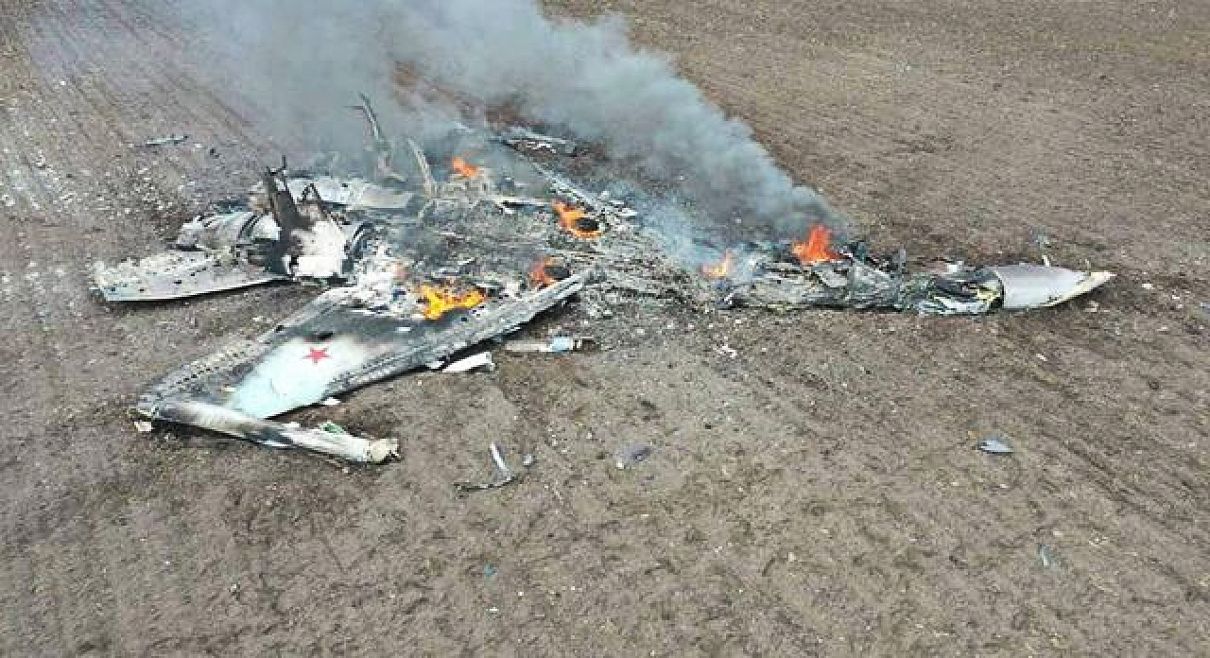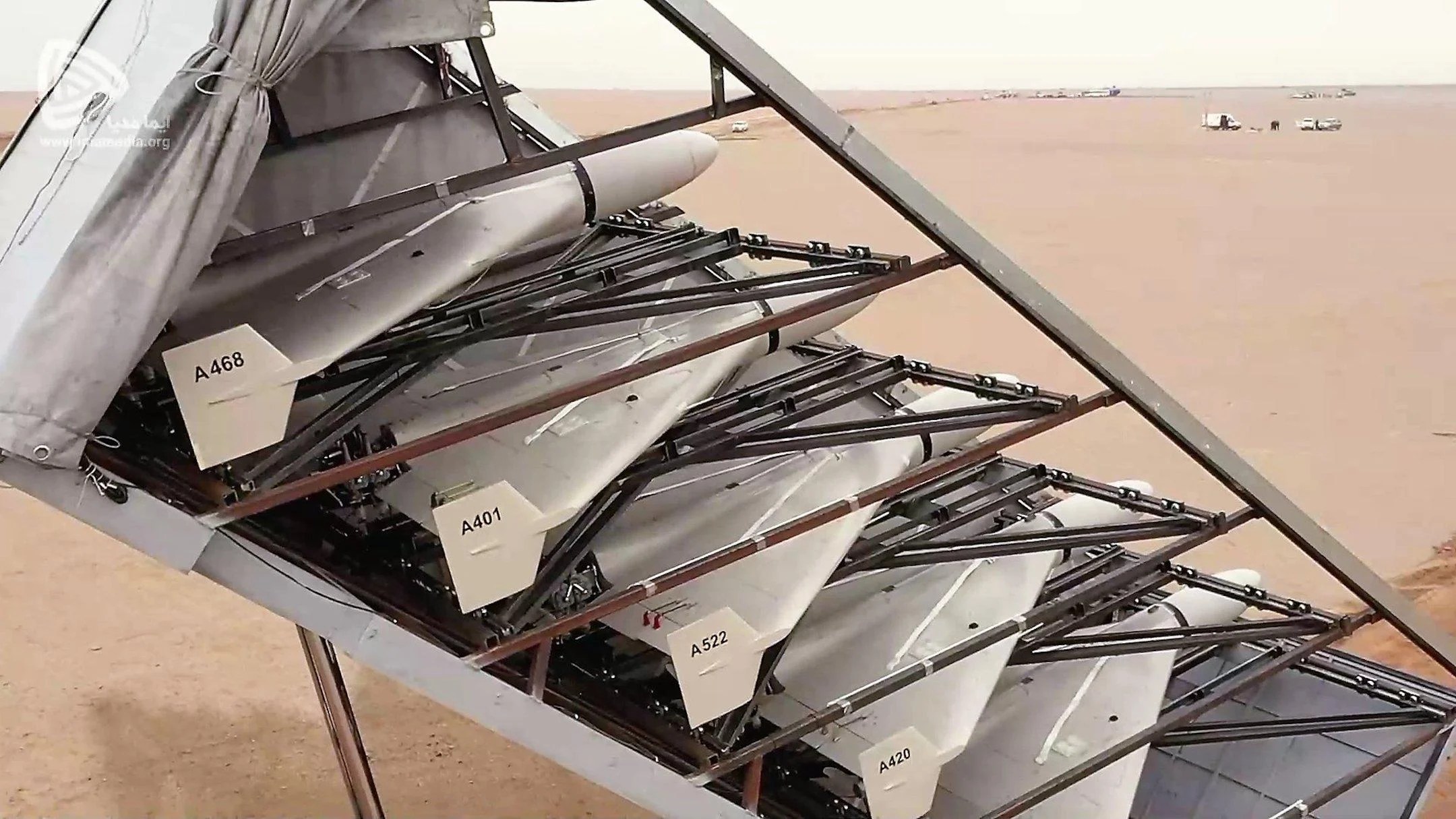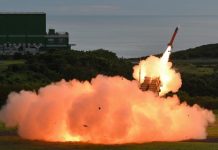Russian military aviation watchers and retired pilots have identified smaller Man-Portable Air Defense (MANPAD) systems and not bigger surface-to-air missile (SAM) systems as a major ‘killer’ of its Su-35 and Su-34 fighters.
Russia, by August 11, had lost nearly two squadrons of its Su-35 fighters, according to the Deputy Chief of the Main Operational Department of the General Staff of the Armed Forces of Ukraine, Oleksii Hromov.
The Su-35 is an advancement of the Su-27, with more powerful engines, radars, and electronics, making it Russia’s second most crucial fighter after the fifth-generation Su-57 ‘Felon.’
Several videos on social media have shown the Su-35 being either shot down or their wreckage displayed.
MANPADS have been identified as the backbone of Ukrainian air defense, with the country having 1400 US-made FIM-192 Stinger systems sent both before and after the war.
The Ukrainian military also uses Russian-origin Igla systems, which downed a Su-34 bomber in late August. S-300, another Russian-made system, is heavily used by Ukrainian air defense units. Ukrainian handles on Twitter also widely celebrated a postman, Serhiy Chizhikov shooting down a Su-35 in Chernihiv with a MANPAD.

Why Are Russian Fighter Bombers Vulnerable To MANPADS?
Around September 25, two Su-34 bombers were shot down near Kupyansk. Russian military aviation enthusiasts and former pilots explain that compelling low-level ground attack missions put their fighter-bombers in the MANPADS crosshairs.
“The war has not reached a military-strategic dynamic where we must undertake precision bombing from high altitudes. Long-range cruise missiles do that job. Most of our Su-35s, Su-24s, and Su-34s have been hit while flying at low altitudes,” a retired Russian pilot told EurAsian Times, who requested anonymity.
Ukraine has two primary types of air defense systems: Soviet-made self-propelled SAM systems, with their tracking, surveillance radar, communication equipment, and medium and long-range missiles. These are the 9K37 ‘Buk’ and S-300 platforms. The second are shoulder-launched MANPADS that comprise the Igla, Strela, and Stinger.

These usually target the thermal and infrared emissions from the jet’s exhausts and are launched by the shooter’s line of sight – meaning the aircraft is constantly in physical view of the person firing it. They must usually be ‘locked-on’ to the target from the sighting system and the sensors on the launcher before firing.
Against the larger self-propelled systems, pilots fly low at extremely low altitudes, while against MANPADS, they must fly at altitudes over 5,000 meters. “It is possible to suppress self-propelled complexes with anti-radar/radiation missiles (Kh-31 or Kh-31PM), which are aimed at the constant radiation of the radar stations of these complexes.
“Combat with MANPADs is possible only after fixing the launch, with the help of electronic warfare and firing of false thermal targets (flares, chaff dispensers).
Both Su-34s near Kupyansk were shot down exactly from MANPADs, and it is said that copters with powerful cameras were used to detect targets visually. Although these copters were likely used to objectively control the destruction of targets, nothing more,” said a Google translation of the chat with EurAsian Times.
Permanent Irritant?
Thus, MANPADS will remain a threat to Russian planes, which can either be skilfully evaded or involve special ground forces to take them out. “But aviation can effectively fight with medium and long-range systems independently.
And to all appearances, there is progress in this direction since Western partners are already bringing NASAMS to Ukraine,” the pilot added.

Commenters on Russian social media also suggested deploying Iranian kamikaze drones like ‘Shahed-136’, which can successfully suppress anti-aircraft missile systems, “both in combat position and on the march.”
Whether by “on the march,” the pilot meant that the missile could be taken out mid-flight is unclear, but given the context, that appears to be the meaning. “But this requires high-quality target reconnaissance and targeting, as drones are not equipped with TV cameras and can only be used against targets they have previously scouted,” he added.
The 2,500-kilometer range drone destroyed two 152-mm self-propelled howitzers, two 122-mm self-propelled howitzers, and two BTR armored infantry vehicles of Ukraine’s 92nd Mechanised Brigade in early September. However, a substantial number have been shot down as well.
“Ukrainians track all the take-offs of our aviation without any problem, and it is not difficult for them to estimate the flight time plus or minus a couple of minutes. This must be taken into account. During the day, you need to fly lower, use duty in the zones, different routes and combat courses, and do the main work in the dark,” said another commentator on Russian social media.
- The author can be reached at satamp@gmail.com
- Follow EurAsian Times on Google News




